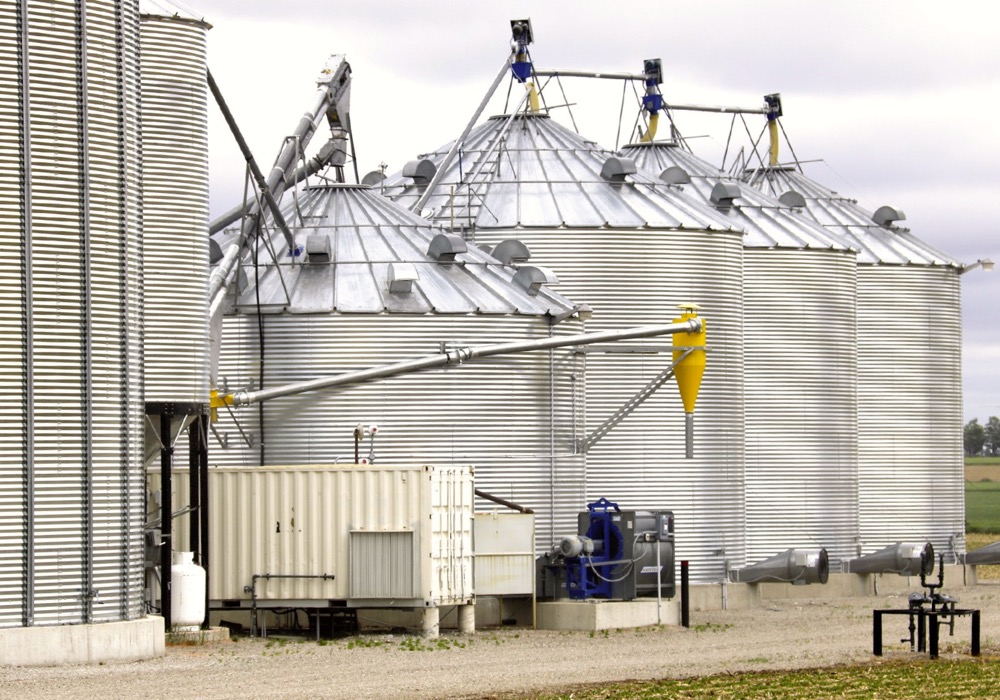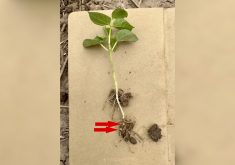Adzuki beans are a growing crop in Ontario, jumping from 7,700 acres in 2017 to almost 20,000 acres in 2019.
The beans, which are mostly sold to Japanese markets, have performed well for Ontario growers the past couple of years.
“I’ve heard from growers that they’ve had success and strong yields,” says Meghan Moran, canola and edible beans specialist at the Ontario Ministry of Agriculture, Food and Rural Affairs. She talked about some of the Agricorp dry (edible) bean planting trends for 2019 at the recent Ontario Bean Growers research day at the Huron Research Station.
Read Also

Ontario Agricultural Stewardship Initiative third intake opens in August
Ontario’s Agricultural Stewardship Initiative (ASI)$3 million cost-share program intake opens on Aug. 13 at 9 a.m., helping agriculture, agri-food, and agri-based businesses improve energy efficiency and increase competitiveness, sustainability, and productivity.
Mike Donnelly-Vanderloo, chair of the Ontario Bean Growers says that there’s likely an effect from the late planting season that meant more adzuki beans were planted as there’s less concern with late-planted edible beans.
However, he also thinks that the growth in adzuki bean acres is a longer term trend due to demand from Pacific Rim countries.
He pointed out that there’s now an adzuki bean program at the University of Guelph aiming to diversify beyond the one major bean variety now used in Ontario, called Eramo.
Kidney beans acres are also up from 13,800 acres to almost 17,000 acres in 2019.
White beans are following similar trends of being up every other year, from 47,600 to 60,700 acres in the province.
Black beans and cranberry beans acreage are both stable.
Options coming for fleabane control

A couple of years ago, Peter Sikkema would have said that there were no options for dry bean growers whose fields had glyphosate-resistant Canada fleabane.
There were few registered options, and crop safety is always an issue for dry beans.
However, more recent research at the University of Guelph’s Ridgetown College where Sikkema is a researcher and instructor, shows that there are options.
The base of the treatment continues to be glyphosate as a pre-plant treatment, but Sikkema has found that some older chemistries that can help along with glyphosate.
He’s tried Pardner, and Sencor (metribuzin) along with glyphosate and got good control. More research is needed, but he says, “I think we are getting solution for dry bean growers.”
Adzuki beans, especially, are tolerant of metribuzin.
Watch for soybean cyst nematode in dry beans
Soybean cyst nematode isn’t just a concern for soybean growers.

There’s lots going on in soybean cyst nematode (SCN) research, but there’s much less going on in dry beans, says Chris Gillard, of University of Guelph’s Ridgetown Campus.
He’s seen some dry bean fields with significant SCN problems. He showed examples of a black bean field near Wingham where the grower was concerned with significant growth problems in certain areas of the field. It was tested and the tests showed that the poor-growing areas of the field were at 36,000 eggs, more than twice what is considered high. Low levels are at 4,000 eggs, 4,000 to 16,000 eggs is considered medium and more than 16,000 is high.
Some work is being done to determine resistance in dry beans, and there are differences, says Gillard.
He’s found that black beans have some decent resistance, but “kidney beans look much similar to susceptible soybeans.”
Bacterial brown spot a growing challenge
There appears to be growing prevalence of bacterial brown spot (BBS) in edible beans in Ontario. The crop disease looks almost the same as common bacterial blight (CBB).
“It’s hard to tell the difference in the field,” Moran said.
Bean breeders have done a good job of breeding resistance to CBB into edible bean varieties, so Moran says that when you see blight in a variety you know is resistant to CBB, it’s likely BBS.
There’s little understanding yet about BBS resistance, but in a first year of trials, Jamie Larsen, Agriculture and Agri-Food Canada’s bean breeder at the Harrow Research Station, says that they think that most varieties resistant to CBB have some resistance to BBS as well. More seasons of research are needed to be sure, he says.
Owen Wally, also a researcher at Harrow has become the expert in laboratory identification of BBS and Larsen says Wally believes there’s some interaction between CBB and BBS that would mean resistance could be there for both.















